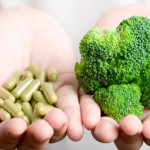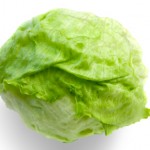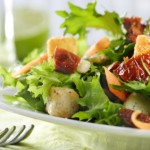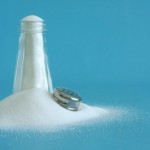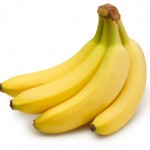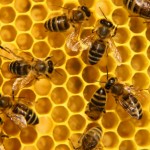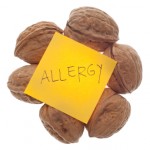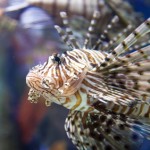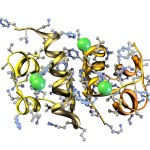Eight days ago The Wall Street Journal had an article with an intriguing title, "Multivitamins: Lots of Types, Lots of Label Confusion. The question was "do you really need a multivitamin?" and the answer was, "probably not, although much depends on your age, gender, diet and health.
I take a senior vitamin (I'm 70), 5,000 IU of vitamin D every other day, 500 milligrams of vitamin C and 2,500 micrograms of B12 a day. I also take another vitamin-containing capsule suggested by an ophthalmologist (as my Dad had macular degeneration and there's some data suggesting taking these vitamins plus zinc, selenium, copper, lutein and zeaxanthin can help prevent this disease).
The last two chemicals I mentioned are probably unfamiliar to most of you; but they're found naturally in your eyes, especially in the retina/macula. Zeaxanthin is the pigment that gives paprika (made from bell peppers), corn, saffron, and many other plants their characteristic color.
The questions I asked myself for these vitamins today were firstly: what are the recommended daily allowances RDAs), the amount from food (and maybe added pills) that are sufficient to meet the nutrient requirements of nearly all (97-98%) healthy individuals in a group. And secondly: what are the tolerable upper intake (TUL) levels for these same vitamins.
Both these querys can be answered by looking at tables supplied by the Institute of Medicine (look at www.iom.edu). The IOM is an independent, nonprofit organization that works outside of government to provide unbiased and authoritative advice to decision makers and the public. It's been the health arm since 1970 of the National Academy of Science which itself was established by President Lincoln in 1863.
I'll just mention a few of the RDAs and TULs and stick to my age and gender. Remember B vitamins are water soluble, so for most of these there is no upper determined limit. Excess amounts should be excreted in the urine. That doesn't mean you can or should gulp an endless amount of these; to me it just means there is no data on adverse effects.
Vitamins that are fat soluble (A, D, E, and K for most of of us, CoQ10 for those who take this supplement {disclaimer: I know little about CoQ10 and have never taken it myself}), are different. Excess amounts may remain in the body and cause toxicity.
Vitmain C megadoses were advocated years ago by Linus Pauling (who won two Nobel prizes), but large, randomized clinical trials on the effects of high doses on the general population have never taken place and toxicity in some individuals taking high doses has been shown. The RDA for me is 75 mg/d and the TUL is 2,000.
I wondered if I were possibly pushing the upper limits of vitamin A intake, with 2,500 IU (international units) in my senior vitamin and 2,500 IU in the other multi I take, so I looked for the TUL and found it in IU format in the NIH's MedlinePlus website as 25,000 IUs.
Multivitamins are a $4.9 biilion/year industry, so I'd consult your own physician if you want to take them or any supplements.

